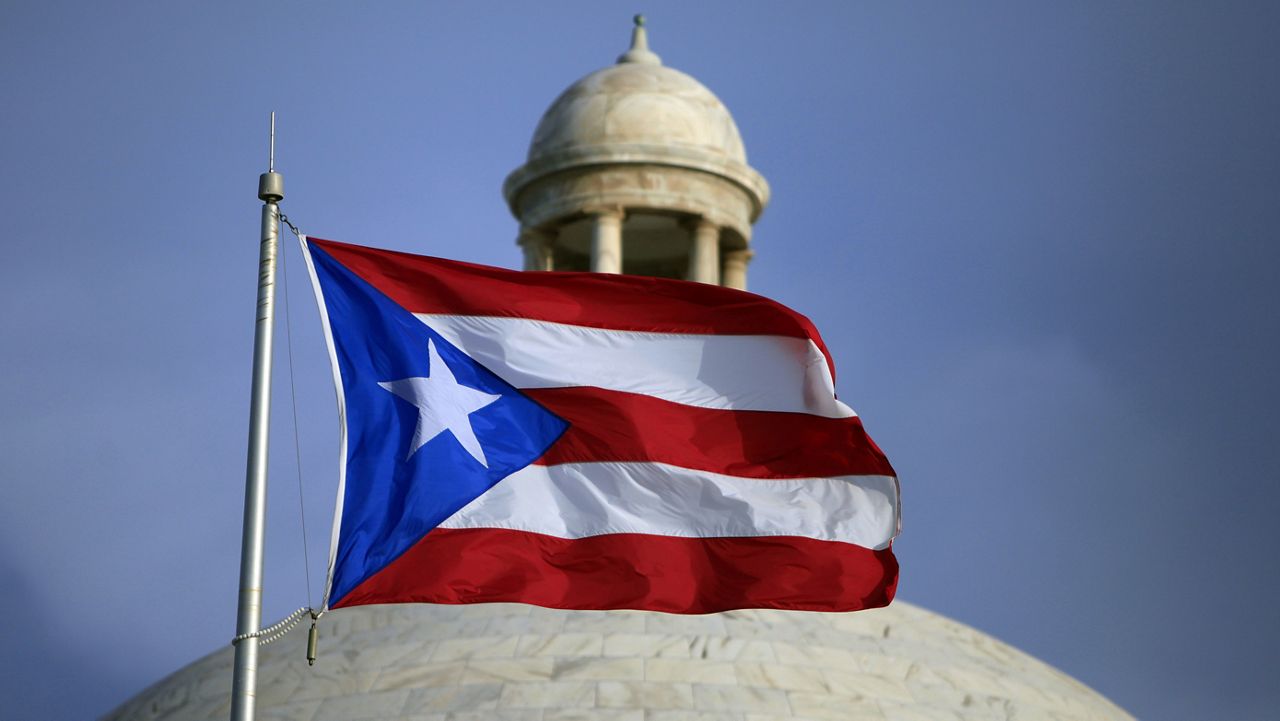New Yorkers have rooted for Flaco, the Eurasian eagle-owl, ever since he escaped from the Central Park Zoo a year ago.
But his untimely death has left bird lovers seeking more protections for feathered friends in flight.
What You Need To Know
- The proposed state legislation would require new or altered government-owned buildings to be bird friendly
- Questions about Flaco’s death still await answers. The zoo revealed he died from injuries to his body, not his head
- A Central Park Zoo representative said they expect updated results from a more thorough report within the coming weeks
“He was exotic. He was an outsider. And he captivated the hearts and minds of New Yorkers. He wasn’t meant to thrive in New York City’s parks, and he did,” said Jessica Wilson, executive director of the NYC Audubon Society. “Collisions with buildings are a major threat to birds. It’s estimated that more than 1 billion birds die in the U.S. every year from collisions with windows. In New York City — it’s a quarter million alone.”
Flaco apparently collided with an Upper West Side building. The Audubon Society said it’s a fate met by many migrating birds.
But Flaco’s death put a spotlight on state legislation that has been renamed in his honor.
“We can make buildings safer for birds, by using standards that are well known and researched in the industry. Our legislation renamed the “Flaco Act” would promote those new building practices,” said the bill’s sponsor, Democrat state Sen. Brad Hoylman-Sigal of Manhattan. “Taking a celebrated creature like Flaco and its death, I think, will help promote something good at the end of the day.”
Newly built or renovated state-owned government buildings would have to meet new bird-friendly requirements if the bill passes the legislature and is signed into law.
The updates include retrofitting of glass exteriors.
“You can either use bird friendly glass that has a threaded pattern right in the glass, a little dot pattern that birds can see that humans can’t until they’re close up,” added Wilson.
New York City is ahead of the game. The council passed a similar law in 2019, mandating bird friendly changes for public and privately owned buildings.
Workers from the Wild Bird Fund, a nonprofit that rehabilitates injured feathered friends, responded to Flaco last Friday after he was found on the ground outside 267 West 89th Street.
“Before the city was here, birds have been flying through here on their way here south or north. The city is so bright it emits a glow,” said Catherine Quayle, spokesperson for the Wild Bird Fund. “They land in the trees and they are surrounded by buildings and many of those buildings have glass walls and when they wake up in the morning, and they’re ready to start foraging because they’ve been flying all night. They start hitting the glass.”
The group treated over 11,500 maimed birds last year alone.
Fifteen-hundred of those needed treatment for injuries like concussions, after flying into building windows.But questions about Flaco’s death still await answers.
The Central Park Zoo revealed he died from injuries to his body, not his head.
“The main impact appears to have been to the body…There also was a small amount of bleeding behind the left eye, but otherwise, there was no evidence of head trauma. No bone fractures were found. Flaco was in good body condition at the time of death,” the Zoo said in a statement on Feb. 24.
A Central Park Zoo representative said they expect updated results from a more thorough report within the coming weeks.






_DNT_911_Air_Quality_Investigation_CLEAN_130267847_2447)


